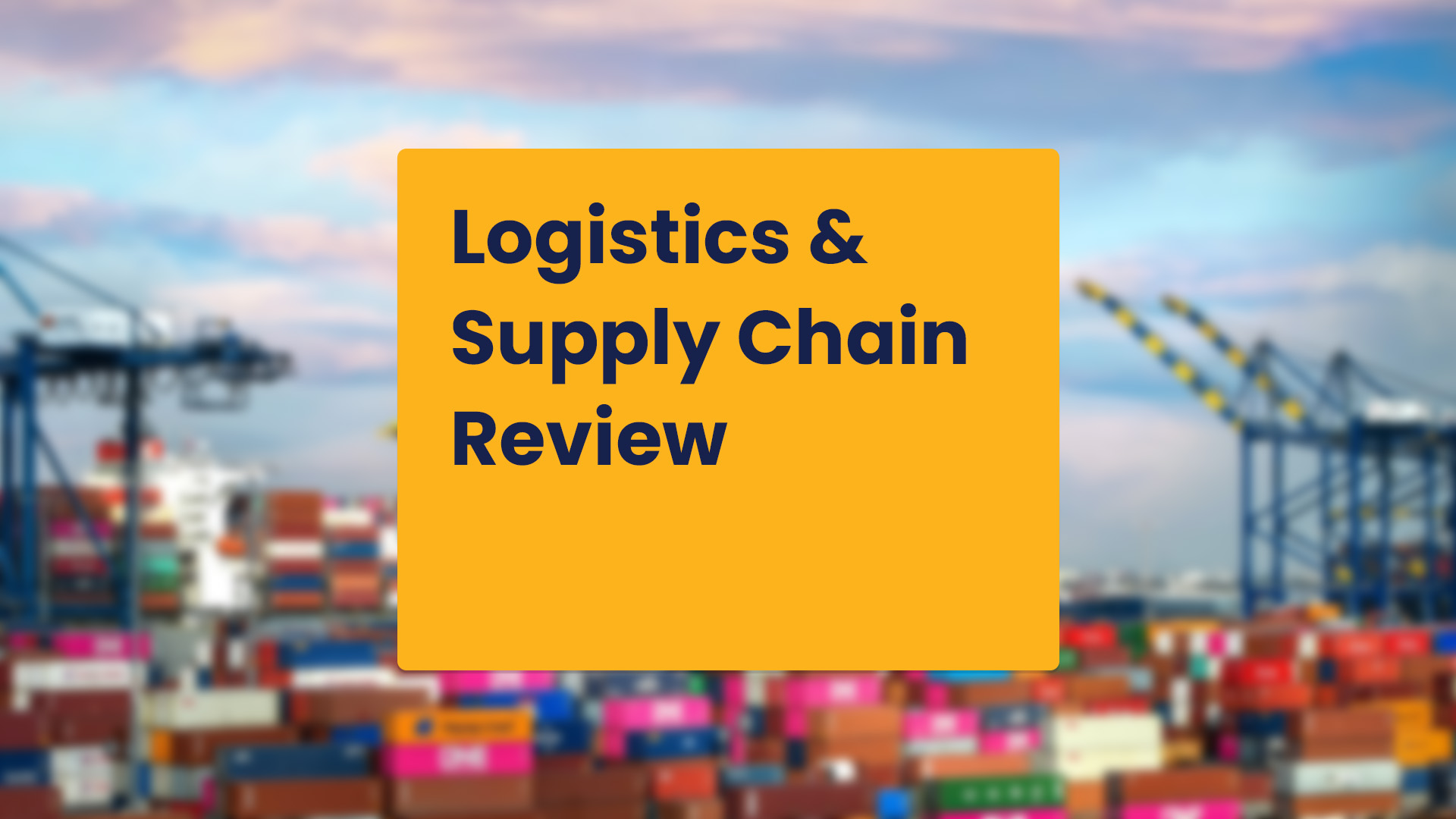The $63,000 D&D Nightmare: What’s Driving Crippling Demurrage & Detention Charges? (Part 1. Unpacking the Causes)
The article titled "The $63,000 D&D Nightmare: What's Driving Crippling Demurrage & Detention Charges? (Part 1. Unpacking the Causes)" from TRADLINX delves into the escalating issue of demurrage and detention (D&D) charges in global shipping logistics.
Key Points:
-
Exorbitant Charges: The article highlights a case where a single container, delayed for a year, incurred a D&D invoice of approximately $63,000. This underscores how such fees can accumulate to staggering amounts, far exceeding the actual costs borne by carriers.
-
Structural Flaws: The piece emphasizes that D&D charges often surpass the real losses experienced by carriers, suggesting systemic issues within the logistics framework that allow for such disproportionate fees.
-
Operational Impact: Beyond the financial burden, excessive D&D charges can severely disrupt business operations, affecting supply chain efficiency and reliability.
-
Need for Visibility Tools: To combat these challenges, the article advocates for the adoption of visibility tools that can help businesses monitor and manage their logistics more effectively, potentially mitigating unexpected D&D costs.
In summary, the article sheds light on the pressing need for greater transparency and structural reforms in the shipping industry to address the challenges posed by exorbitant demurrage and detention charges.
The Hidden Costs of Freight Inflexibility—and How to Avoid Them
The article "The Hidden Costs of Freight Inflexibility—and How to Avoid Them" by Martin Hubert, CEO of Freightgate, emphasizes the significant financial and operational drawbacks of rigid freight management practices. In today's dynamic supply chain environment, inflexible freight strategies can lead to increased costs and inefficiencies.
Key Challenges of Freight Inflexibility:
-
Outdated Routing Guides: Relying on static routing guides and fixed carrier assignments can prevent companies from adapting to market changes, leading to missed opportunities for cost savings and improved service levels.
-
Siloed Transportation Management: Lack of coordination between procurement, planning, and execution phases hampers the ability to adjust shipping modes, consolidate loads, or utilize regional carriers effectively. This disjointed approach can result in higher accessorial charges and service failures.
-
Reactive Exception Management: Without predictive capabilities, companies often resort to last-minute premium freight solutions to address disruptions, which can erode profit margins and strain customer relationships.
Strategies to Enhance Freight Flexibility:
-
Implement Real-Time Visibility: Adopting cloud-based Transportation Management Systems (TMS) with dynamic routing and rating capabilities allows for proactive decision-making and adaptability to changing conditions.
-
Embrace Multi-Modal Optimization: Diversifying transportation modes and carrier networks enables companies to leverage cost-effective alternatives, such as intermodal or regional less-than-truckload (LTL) options, enhancing flexibility and resilience.
By addressing these areas, businesses can build more agile and cost-effective freight operations, better equipped to navigate the complexities of modern supply chains.

Silicon squeeze: AI’s impact on the semiconductor industry
The McKinsey article "Silicon Squeeze: AI's Impact on the Semiconductor Industry" (April 30, 2025) examines how artificial intelligence (AI) is reshaping the semiconductor sector, leading to significant growth but also increasing disparities among companies.
Key Insights:
-
Concentration of Profits: While the semiconductor industry has seen a surge in economic profits—from $38 billion in 2000–09 to $473 billion in 2020–24—this growth is predominantly driven by the top 5% of companies, including Nvidia, TSMC, Broadcom, and ASML. In 2024, these leaders generated $147 billion in economic profit, whereas the bottom 5% faced losses of $37 billion.
-
Challenges for the Majority: The remaining 95% of semiconductor firms are struggling to keep pace. Their average economic profit plummeted from $130 million per company in 2021 to just $17 million in 2024. This decline is attributed to factors such as the dominance of AI-focused leaders, the expansion of Chinese semiconductor players, and a lack of adaptation to AI-driven market demands.
-
Misleading Recovery Indicators: Although aggregate data suggests the industry has rebounded from the 2022–24 downturn, this recovery is largely due to the exceptional performance of top-tier companies. Excluding Nvidia, the industry's overall revenue remains below pre-downturn levels, indicating a more prolonged and uneven recovery.
Strategic Recommendations:
To bridge this growing divide, McKinsey advises semiconductor companies to:
-
Leverage AI Opportunities: Integrate AI and generative AI across various functions, including product development, sales, and manufacturing, to enhance productivity and innovation.
-
Diversify and Expand: Explore adjacent markets and diversify product offerings to reduce dependency on traditional revenue streams.
-
Enhance Resilience: Build robust strategies to navigate geopolitical shifts and supply chain disruptions, ensuring long-term sustainability.
In summary, while AI is propelling the semiconductor industry forward, only a select few are reaping substantial benefits. For the broader industry to thrive, companies must adapt by embracing AI technologies, diversifying their portfolios, and strengthening operational resilience.
Get more articles like this in your inbox
Sign up for our monthly newsletter
Find more articles



